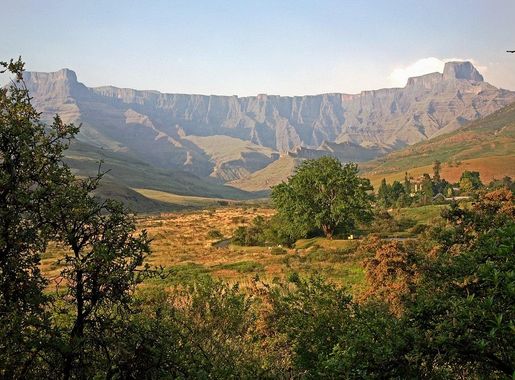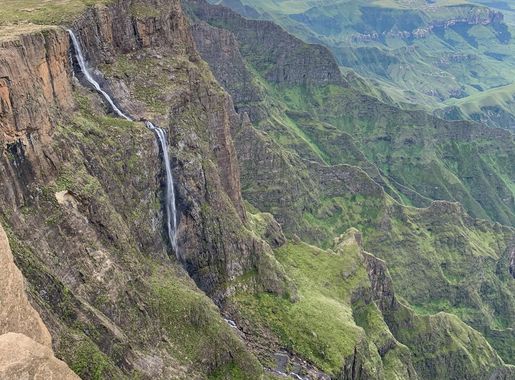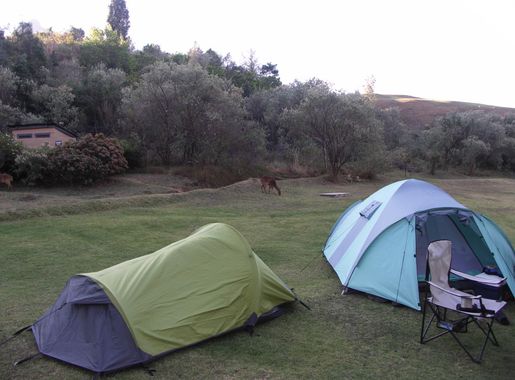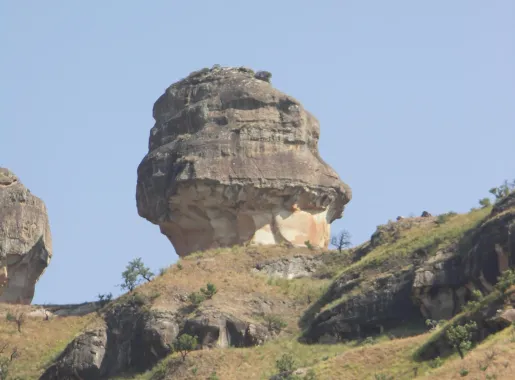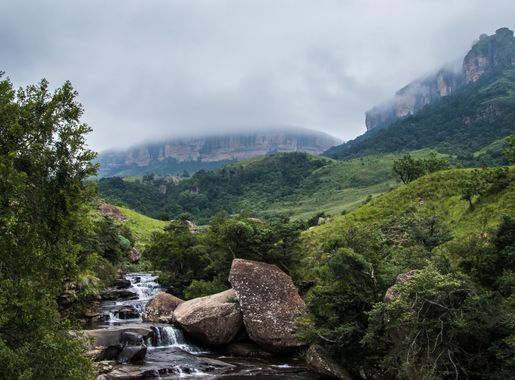
The Majestic Royal Natal National Park
Discover the awe-inspiring landscapes and outdoor adventures at Royal Natal National Park, home to the iconic Amphitheatre and the stunning Tugela Falls in South Africa.
Located in the northern Drakensberg Mountains, the Royal Natal National Park is a natural wonder in South Africa. It is renowned for its stunning landscapes, featuring dramatic cliffs, deep valleys, and lush greenery. The park is a paradise for nature lovers and adventurers alike, offering a variety of activities such as hiking, rock climbing, and bird watching. One of the park's highlights is the Amphitheatre, a massive rock wall that stretches over five kilometers and towers up to 1,200 meters high. This iconic formation provides breathtaking views and is a must-see for all visitors. The Tugela Falls, the second-highest waterfall in the world, cascades down the face of the Amphitheatre, creating a spectacular sight, especially after heavy rains. For those looking to explore the park on foot, there are numerous well-marked trails that cater to all fitness levels. The Tugela Gorge hike is particularly popular, taking you through enchanting forests and alongside the Tugela River, ending with a view of the falls. Wildlife enthusiasts will also have the chance to spot various animals, including eland, baboons, and a wide array of bird species. Accommodations within the park range from rustic campsites to comfortable lodges, ensuring that every visitor can find a suitable place to stay. The park's visitor center provides valuable information on the area's flora and fauna, as well as maps and guidance for making the most of your visit. Whether you're seeking adventure or a peaceful retreat, the Royal Natal National Park promises an unforgettable experience in the heart of South Africa's natural beauty.
Local tips in Royal Natal National Park
- Bring sturdy hiking boots for the rocky terrain.
- Visit during the rainy season for the most impressive views of Tugela Falls.
- Check the weather forecast as conditions can change rapidly in the mountains.
- Carry plenty of water and snacks for longer hikes.
- Don't forget your binoculars for bird watching and spotting wildlife.
- Consider staying overnight to fully explore the park's many trails and attractions.
The Majestic Royal Natal National Park
Located in the northern Drakensberg Mountains, the Royal Natal National Park is a natural wonder in South Africa. It is renowned for its stunning landscapes, featuring dramatic cliffs, deep valleys, and lush greenery. The park is a paradise for nature lovers and adventurers alike, offering a variety of activities such as hiking, rock climbing, and bird watching. One of the park's highlights is the Amphitheatre, a massive rock wall that stretches over five kilometers and towers up to 1,200 meters high. This iconic formation provides breathtaking views and is a must-see for all visitors. The Tugela Falls, the second-highest waterfall in the world, cascades down the face of the Amphitheatre, creating a spectacular sight, especially after heavy rains. For those looking to explore the park on foot, there are numerous well-marked trails that cater to all fitness levels. The Tugela Gorge hike is particularly popular, taking you through enchanting forests and alongside the Tugela River, ending with a view of the falls. Wildlife enthusiasts will also have the chance to spot various animals, including eland, baboons, and a wide array of bird species. Accommodations within the park range from rustic campsites to comfortable lodges, ensuring that every visitor can find a suitable place to stay. The park's visitor center provides valuable information on the area's flora and fauna, as well as maps and guidance for making the most of your visit. Whether you're seeking adventure or a peaceful retreat, the Royal Natal National Park promises an unforgettable experience in the heart of South Africa's natural beauty.
When is the best time to go to Royal Natal National Park?
Iconic landmarks you can’t miss
Golden Gate Highlands National Park
Discover the stunning landscapes and diverse wildlife of Golden Gate Highlands National Park, a true gem in South Africa's natural heritage.
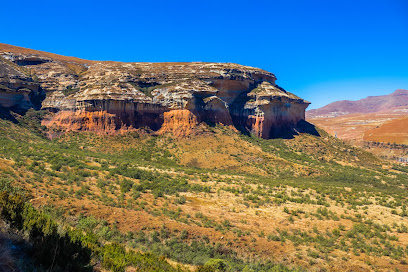
aha Alpine Heath Resort
Experience the tranquility and adventure of aha Alpine Heath Resort in the stunning Northern Drakensberg – a perfect getaway for all travelers.

Paradise Valley
Discover the tranquil beauty of Paradise Valley, a nature preserve in Pinetown, Durban, perfect for picnics, hikes, and wildlife observation.
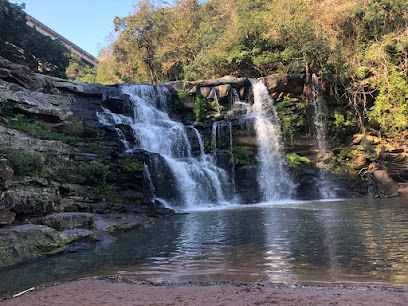
Natal Zoological Gardens
Discover the enchanting wildlife and serene landscapes at Natal Zoological Gardens, a must-visit attraction in Cato Ridge, South Africa.
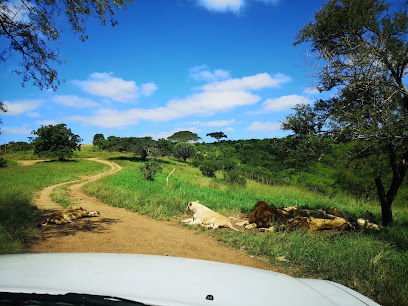
The Cavern Drakensberg Resort & Spa
Experience the serenity of The Cavern Drakensberg Resort & Spa, where luxury meets nature in the heart of the Northern Drakensberg mountains.
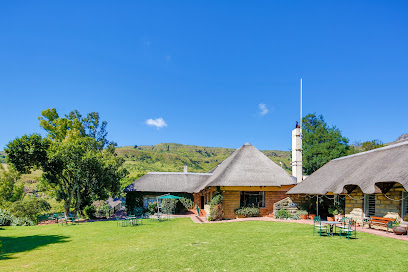
Tower of Pizza
Experience the taste of Italy in the heart of the Drakensberg at Tower of Pizza, where culinary excellence meets breathtaking scenery.
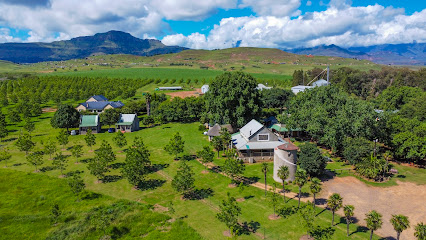
All Out Adventures
Explore thrilling outdoor activities at All Out Adventures, where adventure sports meet the beauty of South Africa's stunning landscapes.
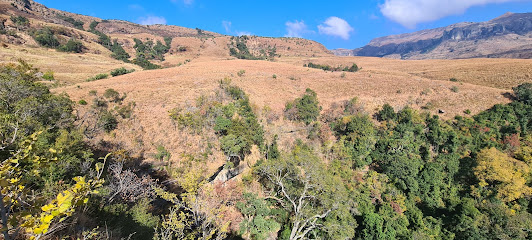
Amphitheatre Backpackers Lodge
Discover the vibrant charm and adventure of Amphitheatre Backpackers Lodge, your gateway to the stunning landscapes of South Africa.
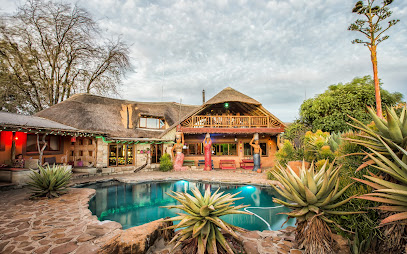
Witsieshoek Mountain Lodge
Discover the beauty of the Drakensberg at Witsieshoek Mountain Lodge, your base for unparalleled hiking adventures and breathtaking landscapes.
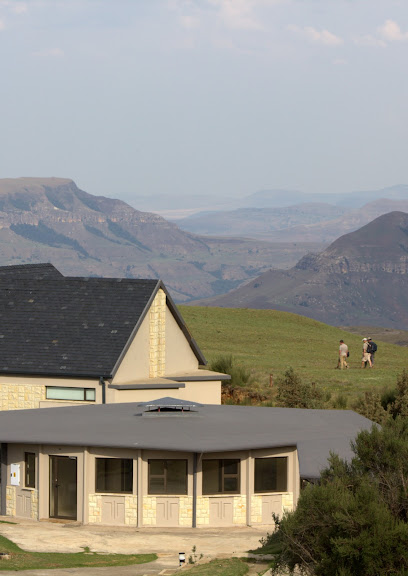
Maloti-Drakensberg Park
Explore the breathtaking landscapes and rich biodiversity of Maloti-Drakensberg Park, a UNESCO World Heritage Site in South Africa.
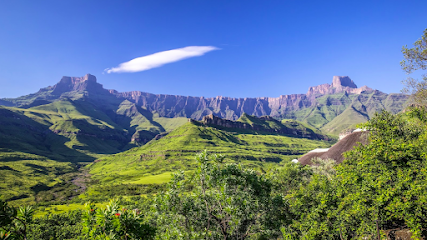
Ezemvelo KZN Wildlife
Explore the breathtaking landscapes and diverse wildlife of Ezemvelo KZN Wildlife, a premier nature preserve in KwaZulu-Natal, South Africa.
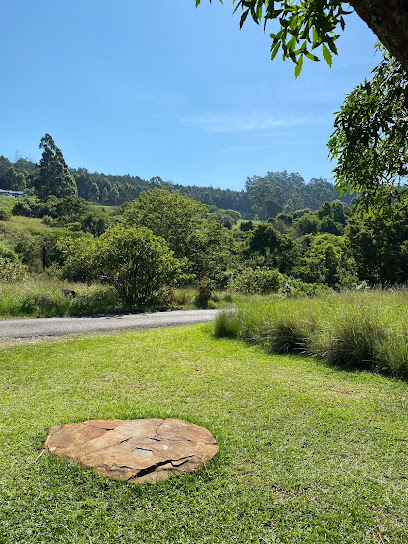
Montusi Mountain Lodge
Experience the perfect blend of luxury and adventure at Montusi Mountain Lodge in the stunning Northern Drakensberg, South Africa.
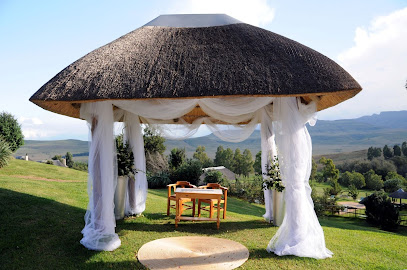
Tugela Falls
Experience the breathtaking Tugela Falls, a stunning natural wonder in Royal Natal National Park, perfect for hikers and nature lovers.
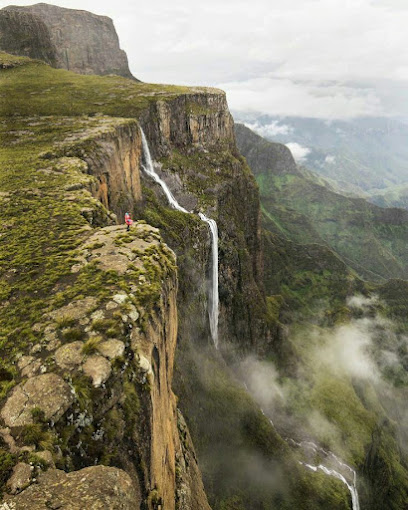
Ithala Game Reserve
Discover Ithala Game Reserve, a breathtaking wildlife park in KwaZulu-Natal, offering a rich diversity of flora and fauna in a stunning natural environment.

Thendele Camp
Experience the stunning beauty of Royal Natal Park at Thendele Camp, your gateway to adventure and relaxation in the Drakensberg Mountains.

Unmissable attractions to see
Golden Gate Highlands National Park
Experience the breathtaking landscapes and rich biodiversity of Golden Gate Highlands National Park, a top tourist attraction in South Africa.
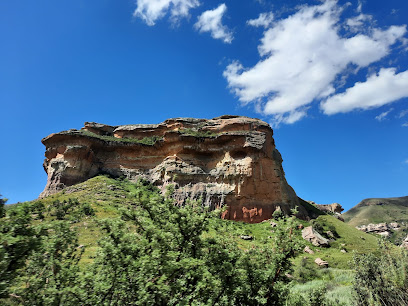
All Out Adventures
Experience the ultimate adventure at All Out Adventures in Bergville, where thrilling activities meet breathtaking natural beauty.
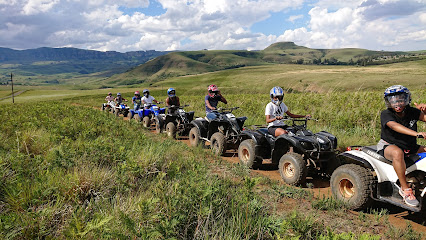
Witsieshoek Mountain Lodge
Experience the breathtaking beauty and adventure at Witsieshoek Mountain Lodge, a perfect base for exploring the Drakensberg Mountains.
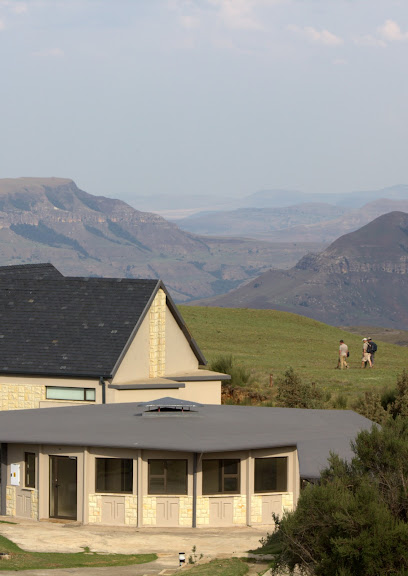
Drakensberg Canopy Tour
Discover the thrill of the Drakensberg Canopy Tour, where adventure meets stunning natural beauty in South Africa's breathtaking landscapes.
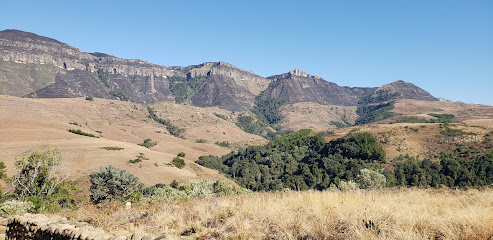
Sterkfontein Dam View Point
Experience the stunning beauty of nature at Sterkfontein Dam View Point, a serene destination perfect for photo opportunities and outdoor adventures.

Hlalanathi Drakensberg Resort
Experience the breathtaking beauty and adventure at Hlalanathi Drakensberg Resort, your perfect getaway in the majestic Drakensberg mountains.

Four Rivers Rafting and Adventures
Experience the thrill of adventure sports in the heart of the Drakensberg at Four Rivers Rafting and Adventures in KwaZulu Natal.

Dragon Rock Reptile and Nature Park
Discover the enchanting Dragon Rock Reptile and Nature Park, a captivating wildlife haven set against the breathtaking Central Berg mountains.
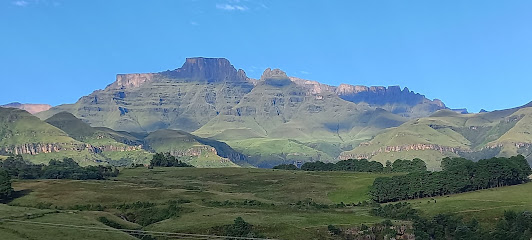
Mahai Campsite
Discover the beauty of the Drakensberg Mountains at Mahai Campsite in Royal Natal National Park, where adventure and tranquility meet.
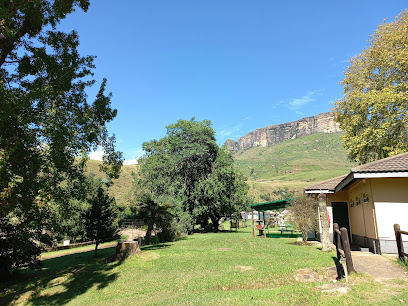
Kaalvoet Vrou Monument (Barefoot Woman)
Discover the Kaalvoet Vrou Monument, a symbol of resilience nestled in the stunning Drakensberg Mountains, celebrating women's strength in history.

Basotho Cultural Village
Explore the vibrant traditions and rich culture of the Basotho people at the Basotho Cultural Village in Phuthaditjhaba, South Africa.
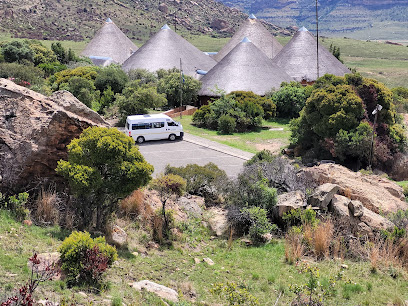
Chain Ladder Route
Discover the breathtaking Chain Ladder Route in South Africa, a hiker's paradise with stunning views and diverse landscapes for every adventure seeker.
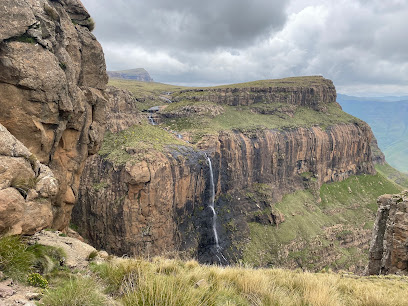
Sterkfontein Dam Nature Reserve
Discover the stunning vistas and rich wildlife at Sterkfontein Dam Nature Reserve, a perfect escape for nature lovers and outdoor enthusiasts.
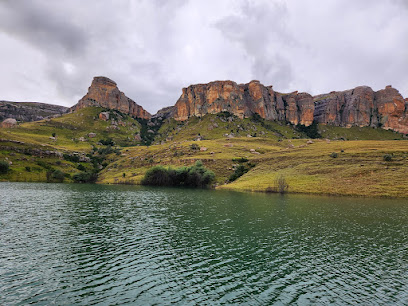
Doreen Falls
Explore the beauty of Doreen Falls in the Mkhomazi Wilderness, a serene waterfall offering stunning views and a perfect picnic spot.
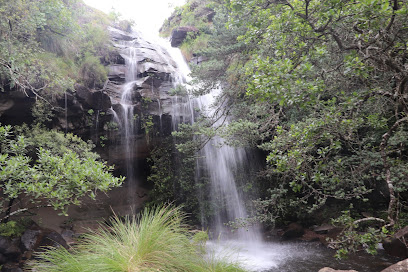
Highmoor Nature Reserve
Experience the natural beauty and tranquility of Highmoor Nature Reserve, a perfect escape for nature lovers and adventure seekers in South Africa.
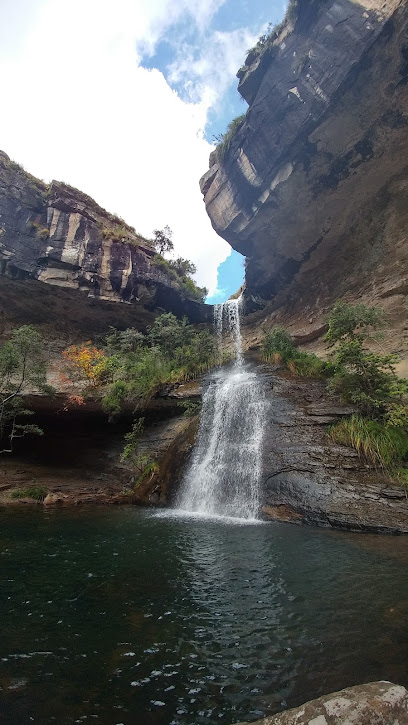
Essential places to dine
aha Alpine Heath Resort
Discover luxury and adventure at aha Alpine Heath Resort in Northern Drakensberg – your gateway to stunning landscapes and unforgettable experiences.
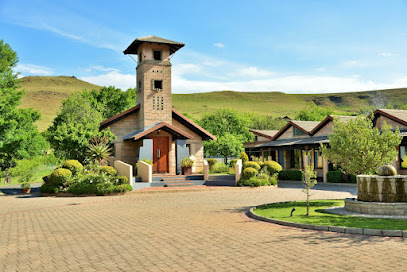
Royal Natal National Park
Discover breathtaking vistas and rich biodiversity at Royal Natal National Park in South Africa's Drakensberg Mountains.
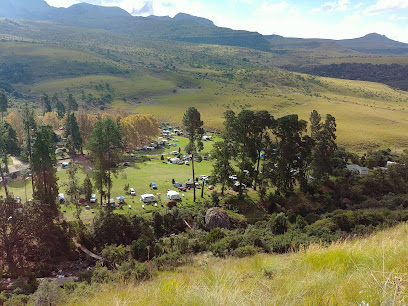
The Cavern Drakensberg Resort & Spa
Experience luxury and adventure at The Cavern Drakensberg Resort & Spa – your ultimate escape into nature's embrace.
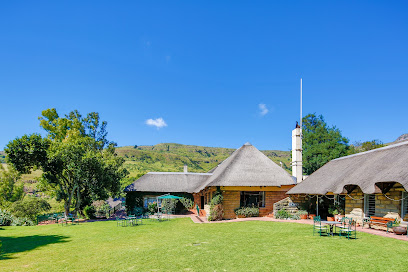
Tower of Pizza
Experience authentic Italian cuisine at Tower of Pizza in Northern Drakensberg—where every bite delights amidst breathtaking mountain views.
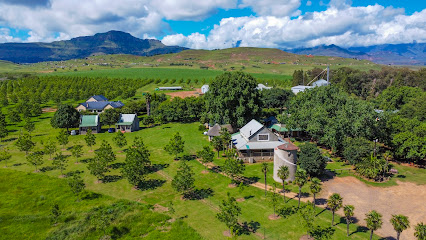
Amphitheatre Backpackers Lodge
Experience vibrant culture and stunning nature at Amphitheatre Backpackers Lodge near Royal Natal National Park.
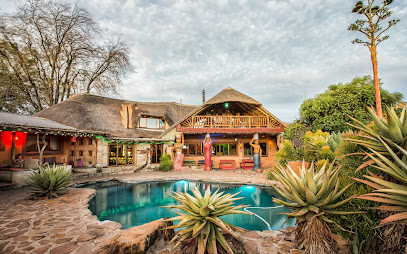
Hlalanathi Drakensberg Resort
Experience luxury and adventure at Hlalanathi Drakensberg Resort amidst stunning mountain scenery.

Thendele Camp
Experience unparalleled beauty at Thendele Camp within Royal Natal National Park, your gateway to adventure in the Drakensberg Mountains.

Mahai Campsite
Experience tranquility and adventure at Mahai Campsite in Royal Natal National Park - your gateway to nature's wonders in KwaZulu-Natal.
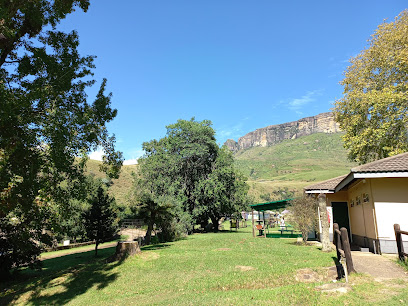
Sandford Park Country Hotel
Discover tranquility at Sandford Park Country Hotel in Drakensberg—your perfect escape for relaxation and adventure amidst stunning landscapes.
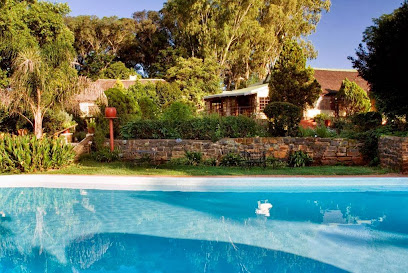
Restaurant
Discover delightful flavors in the heart of Maloti Drakensberg Park at this must-visit restaurant surrounded by breathtaking scenery.
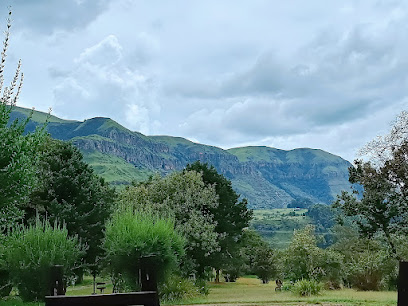
Markets, malls and hidden boutiques
Royal Natal National Park
Explore Royal Natal National Park, a breathtaking escape in the Drakensberg Mountains, offering stunning landscapes and diverse outdoor adventures.
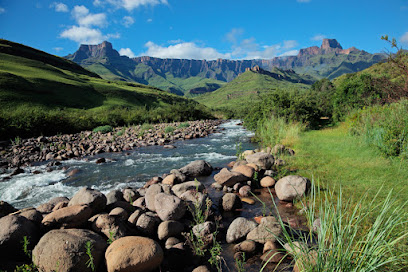
Thendele Camp
Experience the natural beauty and tranquility of Thendele Camp in Royal Natal Park, a serene retreat in the heart of the Drakensberg Mountains.

Ezemvelo KZN Wildlife, Thendele Resort
Discover the serene beauty of Ezemvelo KZN Wildlife's Thendele Resort in the heart of Royal Natal National Park, a perfect retreat for nature lovers.
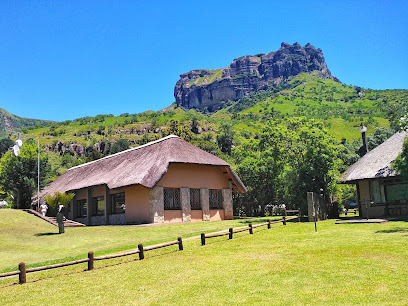
Masetjhaba Cosmetics & Groceries
Explore Masetjhaba Cosmetics & Groceries in Witsieshoek for authentic local products and a rich cultural experience.

Simunye bottle store
Explore the vibrant offerings at Simunye Bottle Store, where local culture meets a diverse selection of beverages in Phuthaditjhaba.
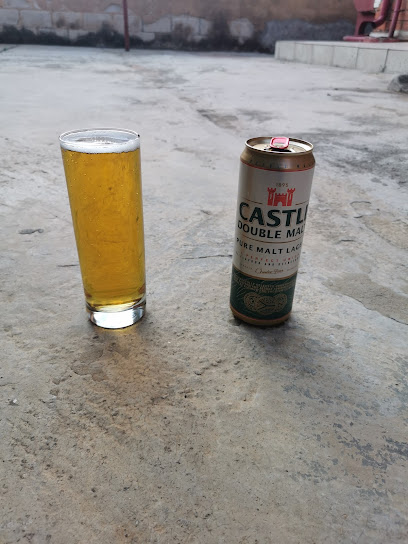
Modumong Store
Explore Modumong Store in Setlabotjha for authentic local goods, friendly service, and a true taste of Phuthaditjhaba culture.
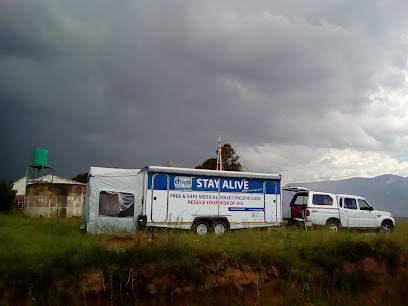
Thandanani Arts & Crafts
Explore Thandanani Arts & Crafts in Bonjaneni for a unique shopping experience filled with authentic South African handmade treasures.

Khasebe Family
Explore the charm of Khasebe Family Home Goods Store in Marabeng, where authentic South African craftsmanship meets unique home decor.

African Traditional Clothes
Explore authentic African traditional clothing in Phuthaditjhaba, celebrating the continent's rich cultural heritage through vibrant fashion.
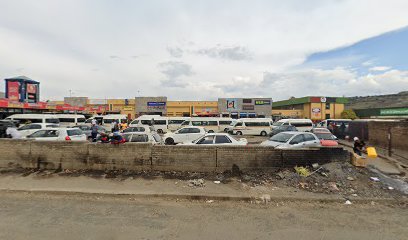
Mothabela Shop
Explore the local flavors and essentials at Mothabela Shop, a charming grocery store in the heart of Phuthaditjhaba, South Africa.
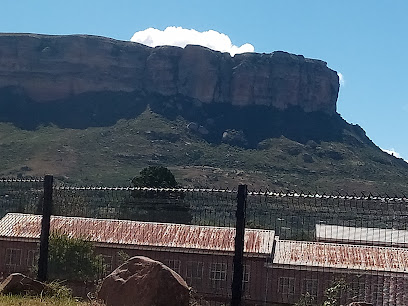
Cotton Swagg®
Explore distinctive fashion at Cotton Swagg® in Phuthaditjhaba, your local hub for stylish clothing, hats, and shoes.
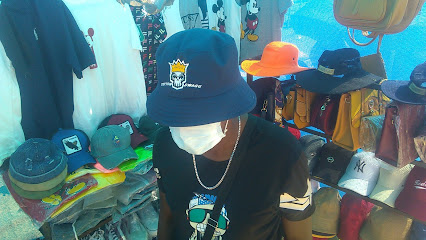
Esencial Store
Discover unique fashion at Esencial Store, a top clothing destination in Phuthaditjhaba, where local style meets global trends.

Bismila Tuck Shop
Discover authentic local flavors and essentials at Bismila Tuck Shop in Phuthaditjhaba, a must-visit for every traveler.

Kenang-Bohle Tuck Shop
Explore the charm of Kenang-Bohle Tuck Shop, your local convenience store in Phuthaditjhaba offering a taste of authentic South African snacks and friendly service.

MALUTIMART
Explore the vibrant flavors of Phuthaditjhaba at Malutimart, your local grocery store for fresh produce, snacks, and authentic South African ingredients.

Essential bars & hidden hideouts
The Coffee Patch
Discover The Coffee Patch in Bergville, where exceptional coffee meets delicious cuisine in a cozy atmosphere.
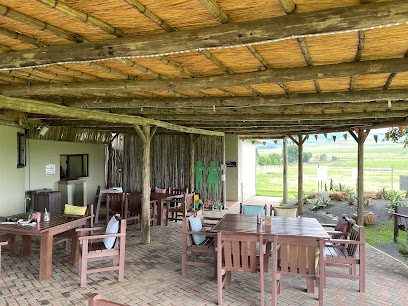
Tower of Pizza
Discover authentic Italian cuisine in the breathtaking Northern Drakensberg at Tower of Pizza, your perfect dining escape.
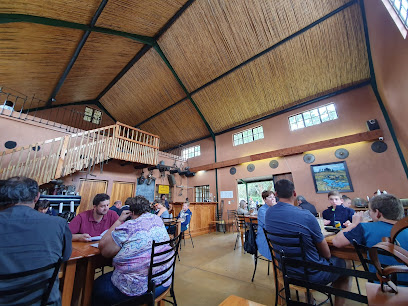
Amphitheatre Backpackers Lodge
Discover the beauty of the Drakensberg at Amphitheatre Backpackers Lodge, where adventure meets comfort in a stunning natural setting.
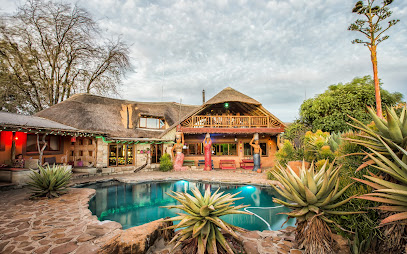
Witsieshoek Mountain Lodge
Experience the breathtaking beauty of Witsieshoek Mountain Lodge, your gateway to the Drakensberg Mountains and unforgettable hiking adventures.
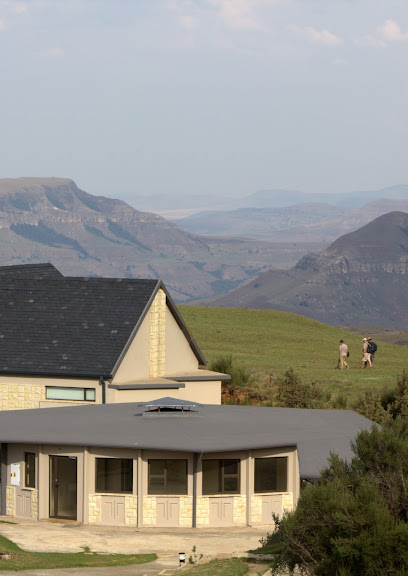
Hlalanathi Drakensberg Resort
Discover the beauty of the Drakensberg at Hlalanathi Drakensberg Resort, your perfect getaway for relaxation, adventure, and stunning landscapes.

The Bridge Lodge Restaurant
Experience the best of South African cuisine at The Bridge Lodge Restaurant in Winterton, where local flavors meet warm hospitality.
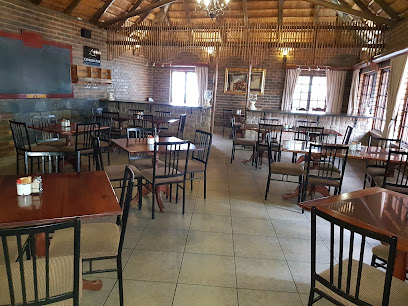
Thendele Camp
Experience the breathtaking beauty of Thendele Camp, a serene retreat in Royal Natal Park, surrounded by the stunning Drakensberg Mountains.

JO-KER bistro & bakes
Discover JO-KER Bistro & Bakes: A culinary oasis in Northern Drakensberg offering delightful local flavors and stunning views.

Savanna Lounge
Experience the vibrant nightlife at Savanna Lounge, a premier bar in Phuthaditjhaba, perfect for relaxation and entertainment.
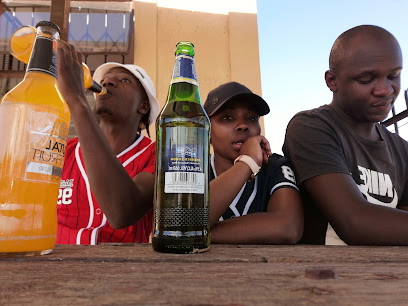
Die Plek!
Experience the vibrant nightlife at Die Plek! - Harrismith's premier bar blending club energy and pub comfort.
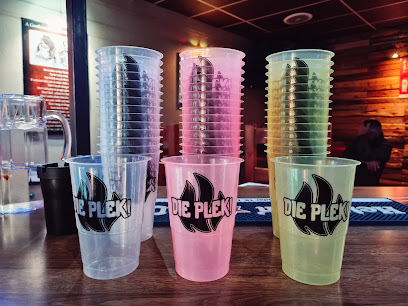
Nkandla Tavern
Discover Nkandla Tavern: A Grill Haven in Makwane Offering Authentic Local Flavors and a Lively Atmosphere for Tourists.
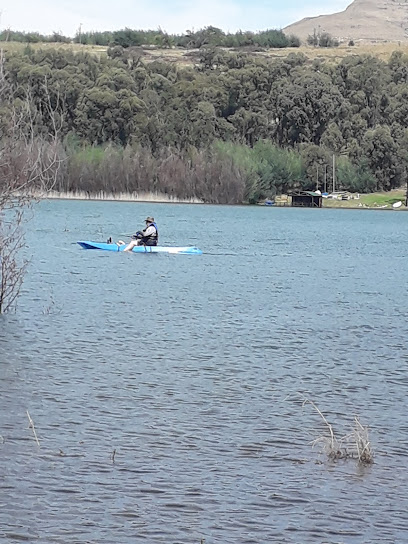
Khayalami Lounge. Ha Mankomo
Experience the lively atmosphere and local flavors at Khayalami Lounge, the heartbeat of Phuthaditjhaba's nightlife.
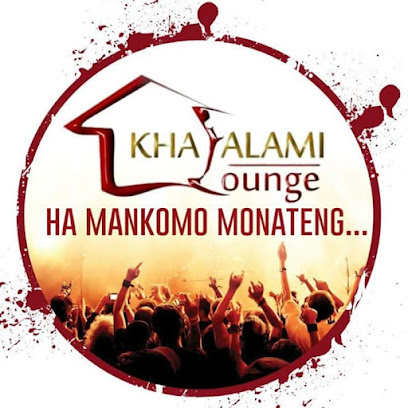
Big Roots Lounge
Savor the authentic tastes of South Africa at Big Roots Lounge, a grill paradise in Phuthaditjhaba, known for its delicious grilled specialties and vibrant atmosphere.

Montecarlo ladies Bar
Discover the local nightlife at Montecarlo Ladies Bar in Phuthaditjhaba, where vibrant energy meets welcoming hospitality for an unforgettable experience.

MosJoint
Experience the vibrant nightlife of Lesotho at MosJoint, where great drinks and welcoming ambiance unite for an unforgettable evening.
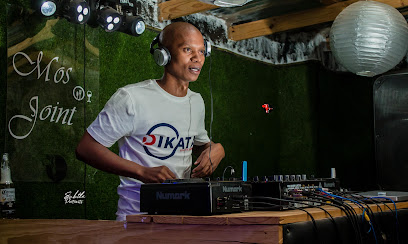
Local Phrases about Royal Natal National Park
-
- HelloSawubona
[sah-woo-BOH-nah] - GoodbyeHamba kahle
[HAM-bah KAH-leh] - YesYebo
[YEH-boh] - NoCha
[CHAH] - Please/You're welcomeNgiyacela
[ng-ee-YAH-seh-lah] - Thank youNgiyabonga
[ng-ee-yah-BOHNG-gah] - Excuse me/SorryUxolo
[oo-SHAW-loh] - How are you?Unjani?
[OON-jah-nee] - Fine. And you?Ngiyaphila. Wena?
[ng-ee-yah-PHEE-lah. WEH-nah] - Do you speak English?Ukhuluma isiNgisi?
[oo-khoo-LOO-mah ee-see-NGEE-see] - I don't understandAngazi
[ahng-GAH-zee]
- HelloSawubona
-
- I'd like to see the menu, pleaseNgicela ukubona iminyango, ngiyacela
[ng-ee-SEH-lah oo-koo-BOH-nah ee-mee-NYAHN-goh, ng-ee-yah-SEH-lah] - I don't eat meatAngiyi nyama
[ahng-GEE-ee nyah-mah] - Cheers!Oogy
[OO-gee] - I would like to pay, pleaseNgicela ukulipha, ngiyacela
[ng-ee-SEH-lah oo-koo-LEE-pah, ng-ee-yah-SEH-lah]
- I'd like to see the menu, pleaseNgicela ukubona iminyango, ngiyacela
-
- Help!Usizo!
[oo-SEE-zoh] - Go away!Hamba!
[HAM-bah] - Call the Police!Vula amapolisa!
[VOO-lah ah-mah-poh-LEE-sah] - Call a doctor!Vula idokotela!
[VOO-lah ee-doh-koh-TEH-lah] - I'm lostNgithole
[ng-ee-TOH-leh] - I'm illNgizophila
[ng-ee-zoh-PHEE-lah]
- Help!Usizo!
-
- I'd like to buy...Ngicela ukuthenga...
[ng-ee-SEH-lah oo-koo-THEHNG-gah...] - I'm just lookingNgizwa nje
[ng-eez-wah nje] - How much is it?Kuyaphi?
[koo-YAH-pee] - That's too expensiveLokhu kungakwazi
[LOH-koo koo-NGAH-kwah-zee] - Can you lower the price?Ungakufaka isilinganiso?
[oo-NGAH-koo-FAH-kah ee-see-ling-gah-NEE-so]
- I'd like to buy...Ngicela ukuthenga...
-
- What time is it?Ngilande nini?
[ng-ee-LAHN-dee NEE-nee] - It's one o'clockKuyilwandle elinesihlanu
[koo-YEE-lwahn-dleh eh-lee-ne-see-HLAH-noo] - Half past (10)Isihlanu ephambili
[ee-see-HLAH-noo eh-pahm-BEE-lee] - MorningEkuseni
[eh-koo-SEH-nee] - AfternoonNtambama
[n-tahm-BAH-mah] - EveningEbusuku
[eh-boo-SOO-koo] - YesterdayIzolo
[ee-ZOH-loh] - TodayNamhlanje
[nahm-HLAHN-jeh] - TomorrowKusasa
[koo-SAH-sah] - 1Kunye
[KOO-nyeh] - 2Kubili
[KOO-bee-lee] - 3Kuthathu
[KOO-tah-TOO] - 4Kune
[KOO-neh] - 5Kuhlanu
[KOO-lah-noo] - 6Isithandathu
[ee-see-tahn-DAH-too] - 7Isikhombisa
[ee-see-khohm-BEE-sah] - 8Isishiyagalombili
[ee-see-shee-yah-gah-LOM-bee-lee] - 9Isishiyagalolunye
[ee-see-shee-yah-gah-LOO-nyeh] - 10Isishiyagalombili
[ee-see-shee-yah-gah-LOM-bee-lee]
- What time is it?Ngilande nini?
-
- Where's a/the...?Ikuphi i...
[ee-KOO-pee ee] - What's the address?Iyini i-adresi?
[ee-YEE-nee ee-ah-DREH-see] - Can you show me (on the map)?Ungangifakela (ekhombisa emephu)?
[oo-NGAH-ngi-FAH-keh-lah (eh-khohm-BEE-sah eh-MEH-poo)] - When's the next (bus)?Lapho kuzoba (ibus)?
[LAH-poh koo-ZOH-bah (EE-boos)] - A ticket (to ....)Itikiti (ku ....)
[ee-tee-KEE-tee (koo)]
- Where's a/the...?Ikuphi i...
History of Royal Natal National Park
-
The Royal Natal National Park is rich in history, with some of the earliest signs of human occupation dating back thousands of years. The San people, also known as Bushmen, were among the first to settle in the Drakensberg region. They left behind a treasure trove of rock art that depicts their way of life, hunting scenes, and spiritual beliefs. These paintings, found in various caves and rock shelters throughout the park, provide invaluable insights into the daily life and culture of the San people.
-
The Drakensberg Mountains, where Royal Natal National Park is located, began forming around 182 million years ago during the Jurassic period. This dramatic landscape was shaped by volcanic activity and subsequent erosion, creating the towering peaks and deep valleys seen today. The park features one of the most iconic peaks, the Amphitheatre, a massive cliff face that spans several kilometers and rises about 1,200 meters above the Tugela River.
-
In the early 19th century, European explorers and settlers began to venture into the Drakensberg region. British colonialists named the mountains 'Drakensberg,' which translates to 'Dragon's Mountain' in Afrikaans, due to their rugged and formidable appearance. The Royal Natal National Park itself was established in 1916, during the British colonial period, as a protected area to preserve the natural beauty and biodiversity of the region.
-
The area around Royal Natal National Park has been a significant part of Zulu history. The Zulu Kingdom, under the leadership of King Shaka in the early 19th century, expanded its territory to include parts of the Drakensberg. The region also witnessed several historical battles between the Zulu and the British during the Anglo-Zulu War of 1879. These conflicts have left a lasting legacy in the cultural memory of the local people.
-
In the 20th and 21st centuries, Royal Natal National Park has become a focal point for conservation efforts in South Africa. The park is part of the uKhahlamba Drakensberg Park, which was designated a UNESCO World Heritage Site in 2000. This recognition underscores the global importance of the park's unique biodiversity, its rich cultural heritage, and the numerous endemic species it supports. Conservation initiatives continue to protect the park's natural and historical resources, ensuring they remain for future generations.
Royal Natal National Park Essentials
-
Royal Natal National Park is situated in the Drakensberg Mountains of KwaZulu-Natal, South Africa. The nearest major city is Durban, which is approximately 250 kilometers away. The most convenient way to get there is by car. From Durban, take the N3 highway towards Harrismith and then follow the R74 through Bergville to the park. Alternatively, you can fly into King Shaka International Airport in Durban and rent a car to drive to the park. Public transportation options are limited, but there are tour operators that offer guided trips to the park.
-
Once inside Royal Natal National Park, the best way to get around is on foot, as many of the park's attractions are accessible via hiking trails. For longer distances or to reach the park itself, renting a car is highly recommended. There are no public transport services within the park, so having your own vehicle provides the most flexibility. Ensure your vehicle is suitable for mountain travel, as some roads can be steep and uneven.
-
The official currency in South Africa is the South African Rand (ZAR). It is advisable to carry some cash, especially for entrance fees and smaller purchases, as credit card facilities may not be available everywhere within the park. ATMs are available in nearby towns such as Bergville, but it's a good idea to withdraw cash before entering the park. Major credit cards are accepted at most hotels and larger establishments.
-
Royal Natal National Park is generally safe for tourists. However, standard precautions should be taken. Avoid leaving valuables in your car and be mindful of your belongings. While crime rates within the park are low, petty theft can occur. It is also recommended to avoid hiking alone and always stay on marked trails. Be cautious of wildlife and weather conditions, especially rapid changes in mountain weather.
-
In case of an emergency, dial 10111 for police assistance or 112 for medical emergencies. The nearest medical facilities are located in Bergville, approximately 30 kilometers from the park. It is advisable to carry a first aid kit and have travel insurance that covers medical emergencies. Park rangers are available for assistance and can be contacted through the main office at Thendele Camp.
-
Fashion: Do wear comfortable, weather-appropriate clothing and sturdy hiking boots. Avoid flashy jewelry and expensive accessories. Religion: Do be respectful of local cultures and traditions. Public Transport: Do use reputable tour operators if you require transportation services. Don't rely on public transport within the park. Greetings: Do greet people with a friendly 'hello' or 'howzit'. A handshake is common. Eating & Drinking: Do try local South African dishes and be respectful when dining. Don't litter; always carry your waste out of the park.
-
To experience Royal Natal National Park like a local, start your day early to catch the sunrise over the Amphitheatre, one of the park's most iconic landmarks. Visit the local markets in nearby towns for fresh produce and handmade crafts. Engage with the local guides who offer unique insights into the park's history and natural beauty. Don't miss out on the Tugela Falls hike, which takes you to the second-highest waterfall in the world. For a unique experience, try horse riding tours available within the park.
Trending Landmarks in Royal Natal National Park
-
Golden Gate Highlands National Park
-
aha Alpine Heath Resort
-
Paradise Valley
-
Natal Zoological Gardens
-
The Cavern Drakensberg Resort & Spa
-
Tower of Pizza
-
All Out Adventures
-
Amphitheatre Backpackers Lodge
-
Witsieshoek Mountain Lodge
-
Maloti-Drakensberg Park
-
Ezemvelo KZN Wildlife
-
Montusi Mountain Lodge
-
Tugela Falls
-
Ithala Game Reserve
-
Thendele Camp
Nearby Cities to Royal Natal National Park
-
Things To Do in Mokhotlong
-
Things To Do in Leribe
-
Things To Do in Thaba-Tseka
-
Things To Do in Teyateyaneng
-
Things To Do in Maseru
-
Things To Do in Mafeteng
-
Things To Do in Mohale's Hoek
-
Things To Do in Quthing
-
Things To Do in Durban
-
Things To Do in Bloemfontein
-
Things To Do in Johannesburg
-
Things To Do in Malkerns
-
Things To Do in Pretoria
-
Things To Do in Manzini
-
Things To Do in Mbabane

